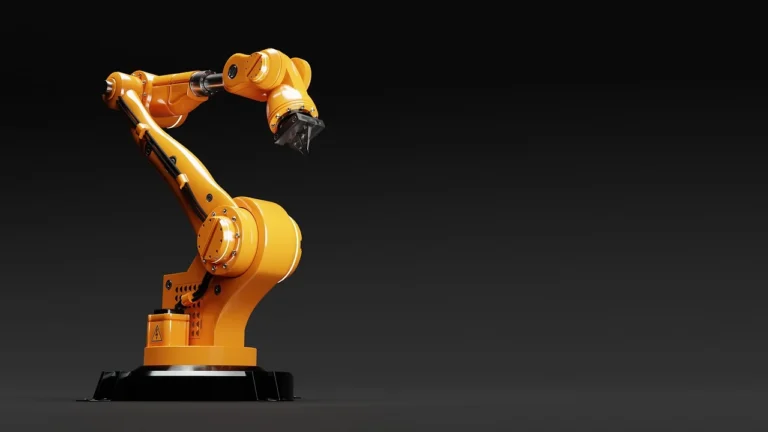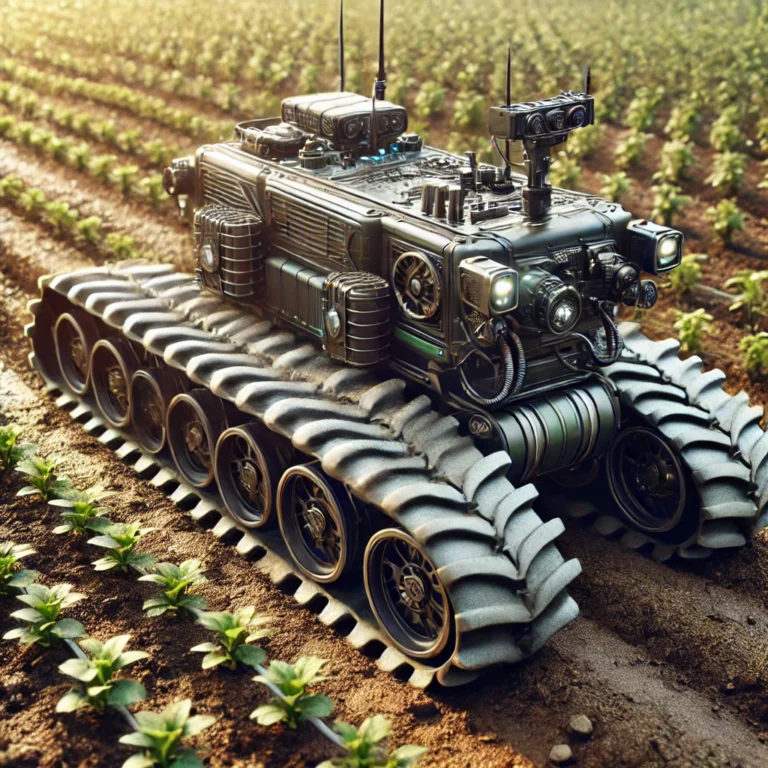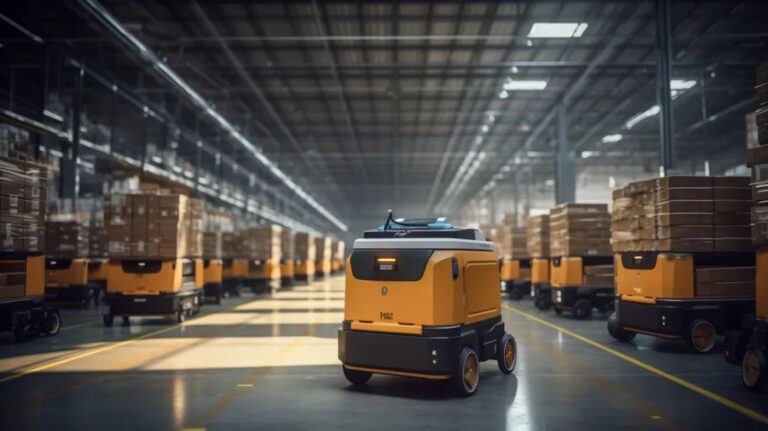We help the world since 2012

How Can We Convert AC to DC?
When working with various electronic devices, from household appliances to advanced robotics, you might often encounter the need to convert AC (alternating current) to DC (direct current). Understanding this process is crucial for ensuring your devices operate efficiently and reliably. This guide will walk you through the fundamentals of AC to DC conversion, its importance, and how to achieve it effectively.
What’s AC and DC ?
Before diving into the conversion process, it’s essential to grasp the difference between AC and DC:
- Alternating Current (AC): This type of electricity reverses direction periodically. It’s the standard form of power supplied to homes and businesses, typically delivered by your local utility company.
- Direct Current (DC): This type of electricity flows in a single direction. DC is used by most electronic devices, including computers, battery-powered gadgets, and various robotics systems.
Converting AC to DC is necessary because many electronic devices and systems require a stable and consistent DC power supply to function correctly.
Why Convert AC to DC?
The need to convert AC to DC arises from the fact that while AC is suitable for long-distance transmission and distribution, most electronic devices, including robotics power modules, require a steady DC voltage to operate. Here’s why this conversion is critical:
- Consistency: DC provides a constant voltage level, crucial for the stable operation of sensitive electronic components.
- Compatibility: Many modern devices and systems are designed to run on DC power, necessitating a conversion from AC, which is more common in power sources.
- Efficiency: Converting AC to DC allows for more efficient power usage, especially in battery-operated systems.
How to Convert AC to DC
The conversion from AC to DC involves several steps and components. Here’s a simplified breakdown of the process:
1. Rectification
The first step in converting AC to DC is rectification. This process involves using a rectifier, which is a device that changes AC into DC. Rectifiers work by allowing current to flow in only one direction. There are two main types of rectifiers:
- Half-Wave Rectifiers: These use a single diode to convert AC to DC. They are simple and cost-effective but produce a less smooth DC output.
- Full-Wave Rectifiers: These use multiple diodes to convert AC to DC. They provide a smoother and more consistent DC output compared to half-wave rectifiers.
2. Filtering
After rectification, the output is still not a pure DC signal but a pulsating one. Filtering smooths out these ripples to produce a more stable DC voltage. This is achieved using capacitors, which store and release energy to even out fluctuations in the voltage.
3. Regulation
The final step in the conversion process is regulation. A voltage regulator ensures that the DC output remains constant and within the desired voltage range. This step is crucial for applications that require precise voltage levels, such as in robotics power modules.
Components Used in AC to DC Conversion
Several key components are involved in the AC to DC conversion process:
- Diodes: Essential for rectification, they allow current to flow in one direction only.
- Capacitors: Used in filtering to smooth out the pulsating DC signal.
- Voltage Regulators: Ensure a stable and consistent DC output.
Choosing the Right AC to DC Converter
Selecting the appropriate AC to DC converter depends on various factors, including:
- Power Rating: Ensure the converter can handle the power requirements of your device or system.
- Efficiency: Higher efficiency converters minimize energy loss, which is particularly important for battery-operated devices.
- Size and Form Factor: In compact devices or robotics, a smaller converter is often preferred.
- Reliability: Choose a converter known for its reliability and durability, especially for critical applications.
Applications in Robotics
In robotics, the need for a reliable DC power source is paramount. Robots often have multiple components, including sensors, motors, and control systems, all of which require stable DC power to function properly. Here’s how AC to DC conversion benefits robotics:
- Precision Control: Consistent DC power ensures precise control over robotic movements and operations.
- System Stability: Reliable power conversion reduces the risk of malfunctions and improves overall system stability.
- Compatibility: Many robotic systems are designed to operate with DC power, making AC to DC conversion necessary for integration with standard power sources.
Conclusion
How to convert AC to DC is essential for anyone working with electronic devices and systems, especially in robotics. By following the steps of rectification, filtering, and regulation, you can ensure a stable and efficient power supply for your applications.
Whether you’re powering a robotic arm or a home appliance, the principles of AC to DC conversion remain the same. With the right components and careful consideration of your power requirements, you can achieve a reliable and consistent DC output from your AC source.
If you’re looking for high-quality AC to DC converters for your robotics power modules, explore our range of products designed to meet various power needs with precision and reliability.




